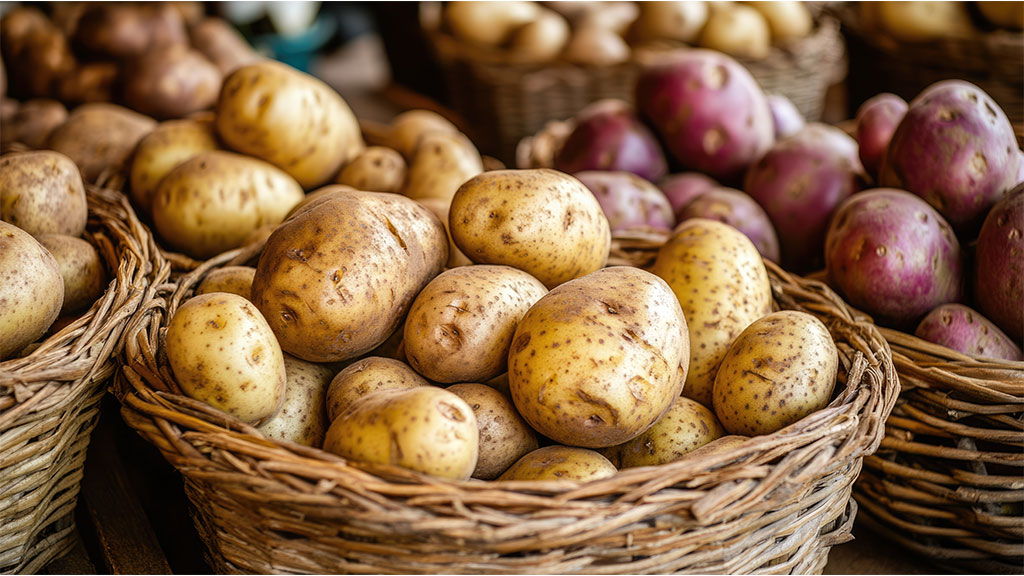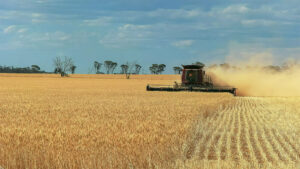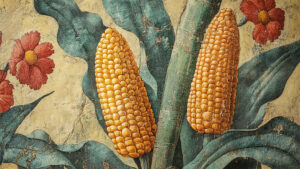Some surprising facts about potatoes
In Australia until quite recently, there were two types of potatoes, brushed and washed. That was it.
The humble spud was indeed humble. It was a filler. It was the pile of chips served with a piece of fish. The mash that helped a cottage pie feed more people.
In poorer countries, and when times were tough, potatoes were a staple.
But what do we really know about potatoes? Well, here are some facts that might surprise you.
Origin of Potatoes
For a vegetable that’s a staple of Eastern European, English and Irish diets, it might surprise you to learn that potatoes originated in South America.
Potatoes were first cultivated about 10,000 years ago in the highlands of the Andes. The Spanish, as colonisers of most of Central and South America, took potatoes to Europe. They thrived in the cooler parts of the continent and soon became a central ingredient in European diets.
The Irish Potato Famine
Potatoes became the main food of the Irish (if you don’t count Guinness). They provided most of the nutrition in local diets. In the middle of the 19th century, a catastrophe happened. Blight ravaged the potato crops.
The Great Famine that resulted from this lasted for 7 years. Starvation and disease claimed a million Irish lives. Another million fled the country, many to the USA.
Potatoes as political footballs
The British government was reluctant to respond. Some politicians believed the famine was divine intervention, and somehow a sign of the Irish people’s lack of morals.
Amongst starving Irish, anti-British sentiment flourished. Royalists aside, there aren’t many Irish today with warm fuzzy feelings for the British.
Potato vodka
Shortly after potatoes were introduced to Europe, people in Poland had the idea of turning them into vodka. Vodka had traditionally been made from grain. Because potatoes were plentiful and cheap, it seemed like a good idea to use them as the base for the country’s most popular spirit. Today, several highly regarded vodkas are still made from potatoes.
The original French fry
To order chips in France, you ask for pommes frites. Chips became such an institution in France that Americans chose to call chips French fries. One of the most popular dishes in French bassseries is steak frites – steak and chips. However, the Belgians claim to have invented this combination.
Another dish featuring chips is moules frites from Belgium and northern France – mussels served with a side of chips. And of course, what would the English or Australian fish and chips be without the chips?
What’s under the dirt?
If you wash a brushed potato, what have you got? You have a Sebago potato. You don’t have a washed potato. Washed potatoes are mostly Coliban or Nadine varieties.
This is where labelling becomes tricky. You’ll often see brushed potatoes labelled by their variety, Sebago. You’ll almost never see washed potatoes labelled Coliban or Nadine.
Hello, variety!
The 1990s saw the beginning of a potato revolution in Australia. If you shopped at the weekly Good Living Growers Market by Sydney Harbour, one of the early stallholders was a family of potato farmers from the Southern Highlands.
Where greengrocers and supermarkets sold brushed and washed, the Hill family sold potatoes of all shapes, sizes, and names. Because these were new to most family cooks, the Hills printed signs to educate shoppers about each variety.
Today, many of these varieties have become common. Each has a distinctive flavour and texture. Some are ideally suited to mashing, but not frying. Some are best boiled, others roasted. We really are spoilt for choice.
So, what are today’s popular varieties, and how to use them?
Bintje
As the name suggests, this is a Dutch variety. It has yellow flesh and is smooth and creamy in texture. It makes a great chip and it holds its shape in a salad.
Coliban
The variety still often sold as a regular washed potato. It makes a fluffy-textured chip and is good for roasting.
Desirée
Pink skin and yellowish flesh. It works well in most things, but not as chips.
Dutch Cream
Some cooks reckon these make the very best mash. The name is no lie. They are creamy and almost buttery.
King Edward
A floury white potato that makes a great mash. If you use it for baked potato, the flesh will be light and fluffy.
Kipfler
A knobbly sausage-shaped potato that’s great boiled or roasted – whole or in wedges.
Nicola
A yellow oval-shaped potato that works in just about everything except as chips.
Pink Eye
A yellow-fleshed potato with creamy skin that has noticeable deep pink recesses – or eyes. Another good potato for salads, and for baking.
Pink Fir Apple
Long and knobbly, they make a fabulous salad. Best to leave the skin on – basically because it’s hard to remove it.
Pontiac
A large and common potato with deep pink skin. A bit of an all-rounder, but not great for making chips.
Purple Congo
A distinctive potato with deep purple skin and flesh. Best to boil whole with the skin on to keep the intense colour. They need a fair bit of butter if mashing because they can be a bit dry.
Royal Blue
Another purple-skinned potato, but this one has yellow flesh. Makes a great mash. In fact, it works well in just about everything.
Sebago
The most common big, white-fleshed potato. It makes a light and fluffy mash and is good when roasted or used to make chips.
Spunta
A Dutch potato with yellow flesh. It’s great boiled and works well in salads.
Tourangi Delight
An all-rounder like Sebago and Pontiac. White flesh that works in just about anything. Apparently brilliant in gnocchi.
Variety is our middle name at IIF. We’re always on the lookout for farmers growing something special like a rare variety or an unusual fruit or vegetable. If you’d like a chance to invest in their produce in the future, sign up as a member of the Invest in Farming Co-operative. You can do that here.




